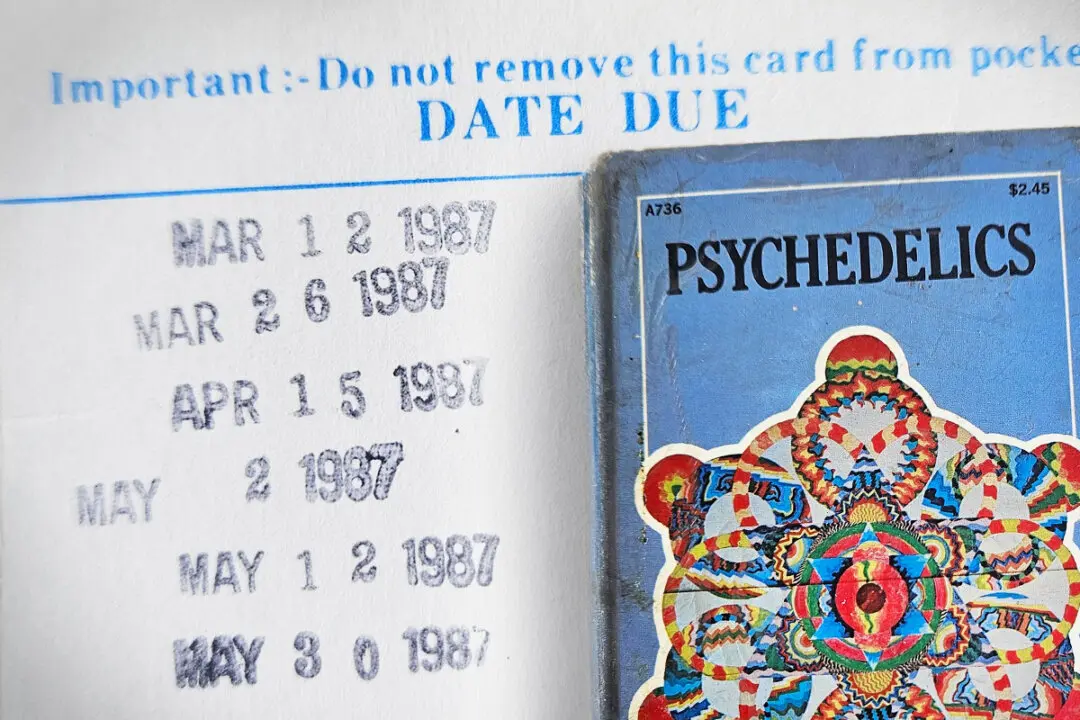Elizabeth Cochran Seaman was a little before your time, but her legacy has changed the world we live in. She was born on May 5, 1864, in Pittsburgh, and you may know her by her pen name: Nellie Bly.
“Nellie” once spent 10 days in a women’s mental institution, all in the name of epic journalism.

But back to Elizabeth. At the age of just 14, Elizabeth was propelled into the world of responsibility; her father died, and the young woman was suddenly obliged to help support her mother and her 14 siblings. She became a teacher but secretly craved the opportunity to make a difference in the wide world beyond.
Teenage Elizabeth came across a column in the Pittsburgh Dispatch called “What Girls Are Good For,” and she was outraged. She penned an angry letter to the editor. The editor, George Madden, threw Elizabeth a curve ball; he was so impressed by her letter that he offered to hire her as a writer.

Madden also gave the young writer the pen name that would shadow her entire career: Nellie Bly. Her life was about to change.
In spite of her undeniable talent, however, the Pittsburgh Dispatch eventually demoted Nellie to “fluff stories.” The young reporter knew it was time to move on.
She was only 23 at the time.

The shocking reason for her assignment? The hospital’s employees had long been rumored to be abusing their patients, but witnesses were too scared to testify.
To get in, the young reporter posed as “Nellie Brown,” a Cuban immigrant, and made a scene in a women’s dormitory, which had her committed. She joined 1,600 inpatients in an overcrowded space that had been designed for 800.

That’s when the horrors truly began. Patients endured ice baths, the staff repeatedly beat and starved the occupants, sick patients grew sicker, and sane patients were not allowed to leave the asylum. The rat-infested canteen served dry bread, rotten meat, watery broth, and filthy water.
Nellie revealed her own sanity and pleaded for release. However, the doctors, infuriated by her duplicity, maintained that she was crazy and wouldn’t let her go. She was only relieved of her ordeal when a lawyer from the New York World came to her rescue, 10 days after she entered the asylum.
Nellie Bly became famous countrywide. She continued to write powerful articles about the plight of women and was rewarded by experiencing the joy of seeing women finally get the right to vote in 1920.

“I am happy to be able to state as a result of my visit to the asylum and the exposures consequent thereon,” she wrote, “that the City of New York has appropriated $1,000,000 more per annum than ever before for the care of the insane.”
“So I have at least the satisfaction of knowing that the poor unfortunates will be the better cared for because of my work,” Nellie added. It was a triumph.
Today, Nellie’s experience is just as shocking and awe-inspiring as it ever was. Share her story with others and keep this incredible woman’s legacy alive.





